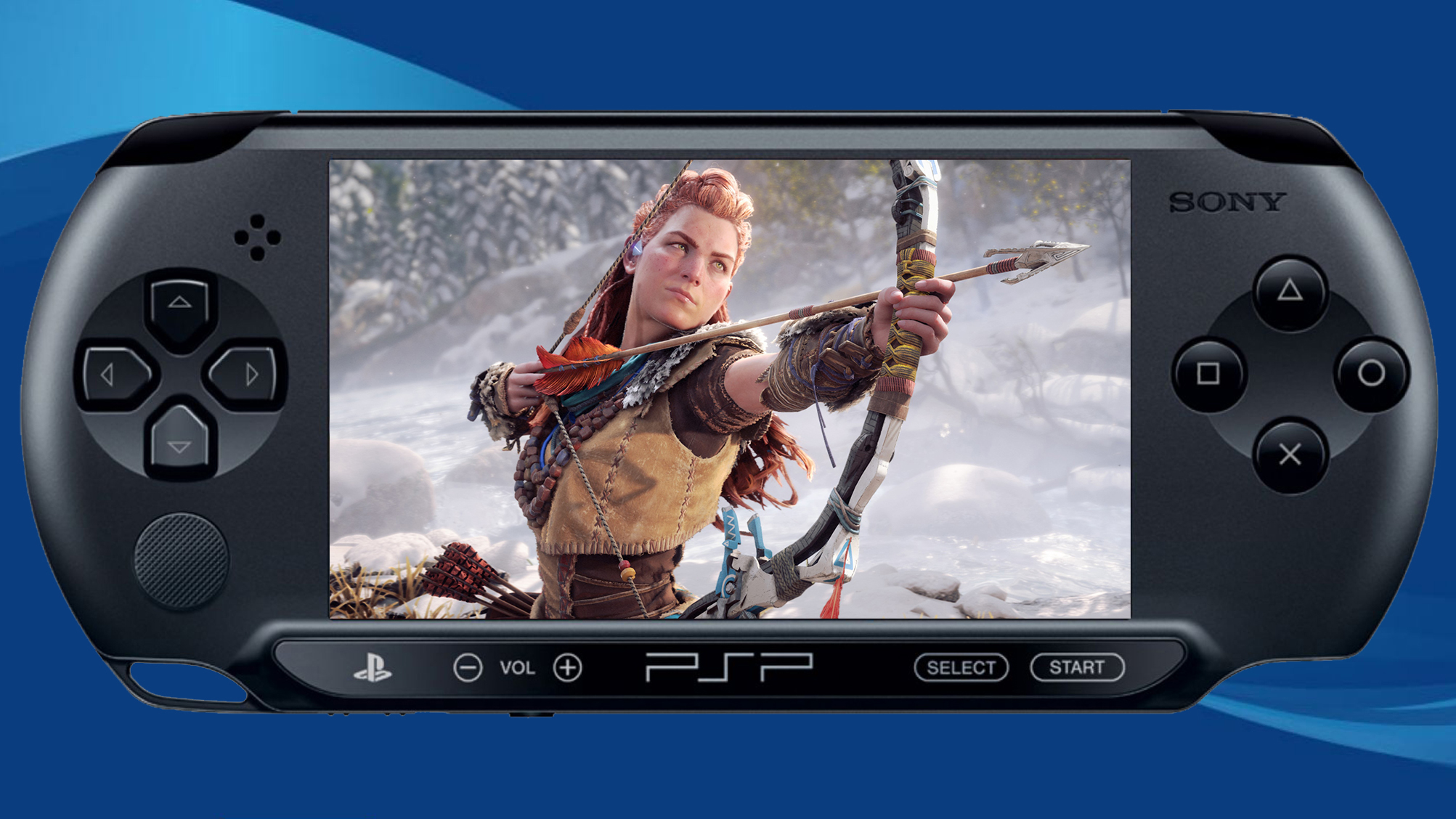PS5 Pro with 2 GPUs is the sucker punch Xbox Series X didn't see coming
The first piece of the Sony PS5 Pro puzzle might have just slotted into place, and Xbox Series X should be worried


Just as the dust has begun to settle on the PS5 and Xbox Series X console launches, with the Microsoft flagship officially crowned the most powerful video game console on Earth, comes what could be our very first hint at Sony's incoming PS5 Pro counter attack.
That's because in an official Sony Interactive Entertainment patent published this year the console maker describes a new games console that comes with not just one graphics card, but two. A two-GPU next-gen games console? Whoa! It's just one of the features that would see any future PS5 Pro vs Xbox Series X battle turn out quite badly for Microsoft's console.
- Razer just crashed the PS5 party with this ridiculously powerful gaming machine
- Samsung Galaxy S21 set to slap down new iPhone with Siri-rivalling digital assistant
- Apple's new iPhone camera tech could see a MAJOR redesign for its smartphones
The patent describes a 'scalable game console' where 'a second GPU [is] communicatively coupled to the first GPU' and that the system is for 'home console and cloud gaming' usage.
To us here at T3 that suggests a next-gen PlayStation console, most likely a new PS5 Pro flagship, supercharged with two graphics cards instead of just one. These would both come in the APU (accelerated processing unit) format that the PlayStation 5's system-on-a-chip (SoC) do, with two custom made AMD APUs working together to deliver enhanced gaming performance and cloud streaming.
The official Sony patent notes that, 'plural SoCs may be used to provide a “high-end” version of the console with greater processing and storage capability', while 'the “high end” system can also contain more memory such as random-access memory (RAM) and other features and may also be used for a cloud-optimized version using the same game console chip with more performance.'
And, with the PlayStation 5 console only marginally weaker on paper than the Xbox Series X (the PS5 delivers 10.28 teraflops compared to the Xbox Series X's 12 teraflops), a new PS5 Pro console that comes with two APUs rather than one, improving local gaming performance as well as cloud gaming, would be no doubt the Xbox Series X as king of the next-gen consoles death blow.
The cloud gaming part of the patent is particularly interesting, too, as it seems to suggest that this technology could not just find itself in a new flagship PS5 Pro console, but also in more streamlined cloud-based hardware, too. An upgraded PS5 Digital Edition seems a smart bet, as too the much-rumoured PSP 5G.
Get all the latest news, reviews, deals and buying guides on gorgeous tech, home and active products from the T3 experts
And, simply put, the other big question this patent raises is that if this technology does lead to a PS5 Pro console, is Microsoft prepared? Right now Microsoft is still nursing its wounds from the last-gen console war, where it was firmly beaten by Sony (Sony sold more than twice the amount of PS4 consoles than Microsoft sold Xbox One consoles), so without facing down any new hardware from Sony with something as good if not better, it would leave itself exposed to a second straight console-gen defeat.
Will we see a PS5 Pro anytime soon? Here at T3 we think absolutely not – we imagine we'll get at least two straight years of PS5 before we see anything at all. As for a cloud-based next-gen PSP 5G, though...
As to what the next version of the PlayStation 5 could look like, right now are best visualisation comes courtesy of this PS5 Slim video, which shows off a concept design from every angle – watch it below:
As can be seen in the video, the PS5 Slim on show here ditches the PS5 stand and instead goes with stand-less, flat-bottomed design that looks like it is almost better suited to a horizontal orientation. The characteristic flared PS5 casing panels are also removed in favour of a wrap-around aesthetic that hugs the core framework more.
The PS5's venting also is reduced, and the cut-out PlayStation logo doesn't get a run-out either, with it simply printed on the top console panel. Despite these changes, the distinctive lighting strip that runs around it remains on this PS5 Slim, and we see glimpses of that really nice X Circle Square Triangle micro pattern on the case, too.
Ports remain the same at the front, although we don't get to see the rear array so can't see if there are any new additions, such as a T3-favourite digital optical out.
Of course, any PS5 Pro that was released with two graphics cards would actually need more cooling, so we don't envisage the new flagship to be smaller than the current PS5, which is the size it is to ensure that gamers don't get horrible fan noise as was experienced on PS4 and PS4 Pro.

Another thing this patent raises is, as T3 has reported on today, the potential for a brand new, cloud-focused PlayStation Portable handheld games console. The flexibility and scalability of the technology shown in this patent, crossed with Sony's already-in-the-bank mastery of 5G connectivity (all its new phones support 5G) look like the perfect companions to enable a new PSP.
A 5G PSP, if it came to fruition, could lean heavily on cloud streaming of games, and as a result, tap directly into the vast library of PS5 games and PS4 games, as well as any retro console titles optimised already on the PS Store.
Unlike the PS Vita, which was largely hamstrung by lack of killer titles to play and almost over-equipped in terms of local hardware and features, this streamlined next-gen handheld would offer PlayStation users a great way to continue their gaming adventures on the road.
Here's hoping we get to see both a PS5 Pro and PSP 5G. 🤞

Rob has been writing about computing, gaming, mobile, home entertainment technology, toys (specifically Lego and board games), smart home and more for over 15 years. As the editor of PC Gamer, and former Deputy Editor for T3.com, you can find Rob's work in magazines, bookazines and online, as well as on podcasts and videos, too. Outside of his work Rob is passionate about motorbikes, skiing/snowboarding and team sports, with football and cricket his two favourites.